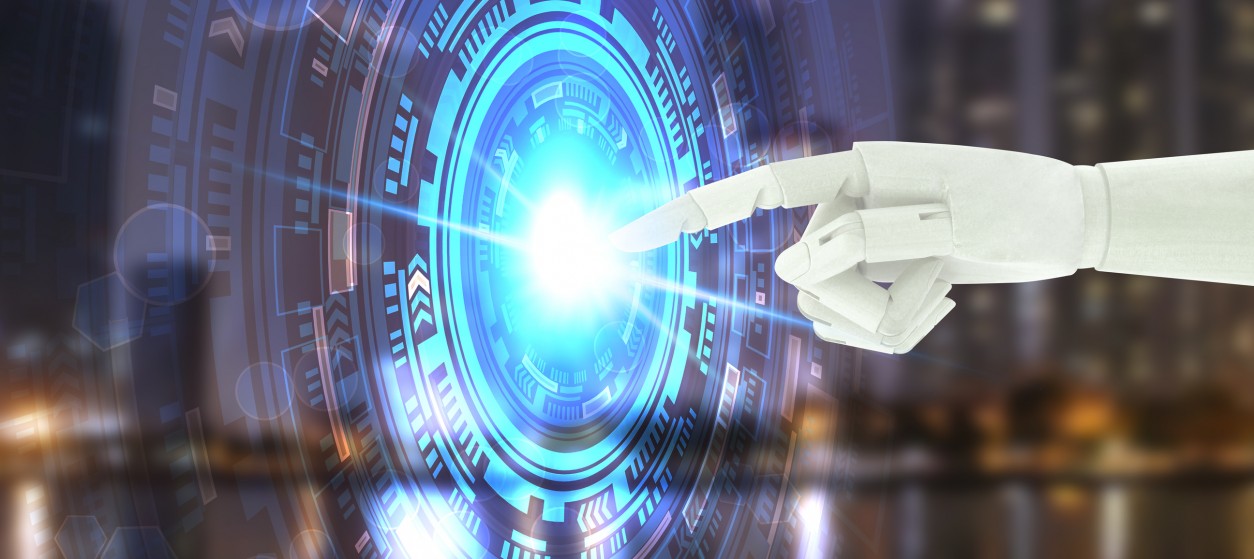In principle, Deep Learning (DL) is a special part of machine learning, which takes advantage of advanced neural networks in order to solve challenging problems, such as the identification and classification of very complex patterns. Its uniqueness lies in the use of neural networks with many hidden layers as a means of simulating the human brain and providing human-like reasoning. A growing number of innovative applications, including the famous self-driving car, will integrate DL models in the coming years, which illustrates the importance of understanding DL and when and how to use it.
Drivers of Deep Learning Technology
DL is not a new technology as it has been around for nearly twenty years and is already used for handwriting interpretation and network security. However, during the last couple of years the interest around DL has exploded for a number of reasons, including:
- The rise of BigData systems and technologies: DL requires the collection and use of very large amounts of data, which was hardly available earlier. The emergence of BigData technologies has simplified the collection and consolidation of large volumes of data from a wide range of heterogeneous data sources. At the same time, it has boosted the computational performance of machine learning and data analytics systems. Therefore, the application of DL in real-life applications is more feasible and pragmatic than ever before.
- DL’s affiliation to Artificial Intelligence (AI): DL is currently a key enabler of AI applications, which are proliferating and are deployed in large numbers in the scope of various industrial and consumer applications such as smart machines and socially assistive robots. DL is an integral element of state of the art AI engines (e.g., Google Alpha), which have recently demonstrated phenomenal achievements such as their ability to beat humans in complex board games (e.g. chess and GO).
- Its ability to enable new applications and open new opportunities: DL is considered a key component of some of the “killer” apps of the next decade, including industrial robots, connected cars, autonomous driving, energy efficient buildings and more. All these applications are expected to leverage DL techniques in order to optimize their behavior and exhibit human-like characteristics. Contrary to popular belief, most of these applications will not use DL in its pure form, but would rather combine it with other advanced machine learning techniques.
These trends are driving research and development investments in DL, which is gradually leading to more innovative deep learning approaches. At the same time, tech giants such as Google have recently acquired deep learning enterprises in order to back up their AI products and services.
Deep Learning Applications
The growing sophistication of deep learning techniques gives rise to its integration in pragmatic applications, notably applications that identify complex patterns and enable human like reasoning. A prominent set of applications that involve DL-based pattern detection includes:
- Colorization of Black and White Images: This involves the use of very large convolutional neural networks as a means of automatically adding color to black and white photographs. The same approach can be used to color black and white frames on movies.
- Real-time behavioral analysis: DL networks are a key ingredient of real-time applications that analyze and understand human behavior, along with the behavior of objects (e.g., vehicles) of the surrounding environment. There are also companies like DeepGlint, which provide deep learning products for real-time behavioral analysis at large scale.
- Emotional Intelligence: A special behavioral analysis case concerns, emerging emotional intelligence applications, which exploit deep neural networks in order to identify a person’s facial, vocal and verbal features and subsequently his/her emotional state. This is used in a number of applications such as personalized on-line advertising, retail marketing applications and social games.
- Automating Translation: Automatic machine translation has been around for over a decade. However, deep learning has introduced major performance and reliability improvements in the automated translation of both images and text. This technology has already been integrated in the popular Google Translate app, which Includes functionalities for automatically translating images with text.
- Robotics: DL is integrated in robots in order to endow them with human-like intelligence both when perceiving the world and when taking decisions and executing actuation functions. DL-based robots can be used for different applications and in different settings, as evident from the robots of BostonDynamics, which use deep neural networks capabilities.
- Image screening and processing in healthcare: DL is extremely powerful in identifying patterns in images. As such, it is deployed in automated medical image processing applications, in order to reduce the efforts and costs that are associated with analysis of large numbers of images.
These applications are indicative of the nature of DL systems. Potential deployments of DL are virtually unlimited and include adding sounds to silent movies, automated game playing, automatic generation of text, processing of text in the wild, automatic generation of image captions and many more. Furthermore, these applications are integrated in wider and more complex systems, such as autonomous vehicles, smart buildings and industrial automation systems. All major vendors are also using some sort of DL technology in their applications e.g., Google integrates AI in its search engine, while Facebook uses DL in some of its social products and services.
Frameworks and Software Resources
The surge of interest around AI has also led to the emergence of various DL frameworks and tools:
- Keras, which is Python-based neural networks API. It provides high-level functionalities over popular DL libraries such as TensorFlow and Theano. Keras simplifies deep learning development through abstracting the underlying low-level deep learning functionalities.
- MXNet, which is a flexible and efficient library for deep learning. MXNet enables developers to program based on numerous languages, including R, Python and Julia. One of its main characteristics is that it allows mixing and combining imperative and symbolic programming techniques.
- Deeplearning4j, which is an open source deep learning framework for the Java language, while supporting Scala as well. It runs over the popular JVM (Java Virtual Machine), while providing opportunities for integration with popular BigData tools such as Hadoop and Spark.
- NVIDIA’s CUDA® Deep Neural Network library (cuDNN), which is a GPU-accelerated library of primitives for deep neural networks. It comes with an SDK and provides the means for accelerating widely used deep learning frameworks, such as TensorFlow, Theano, and PyTorch.
Deep learning signals a revolution in the design and development of AI and BigData applications, which will enable capabilities that are not possible nowadays. Fortunately, there is already a pool of deep learning tools, which can facilitate development and deployment.
If you are planning for the development of a novel automation system or the deployment of robots to support your business processes. Or, If you are in need of identifying sophisticated patterns within very large datasets then, you can start acquainting yourself with deep learning and deep learning tools. These have now become a significant part of Machine Learning, AI and BigData processing and will continue to evolve to play a more critical role.











I am glad to be one of many visitors on this great site (:, appreciate it for putting up.
https://www.smortergiremal.com/
I’m very happy to read this. This is the kind of manual that needs to be given and not the accidental misinformation that’s at the other blogs. Appreciate your sharing this greatest doc.
http://www.rogaine.bg